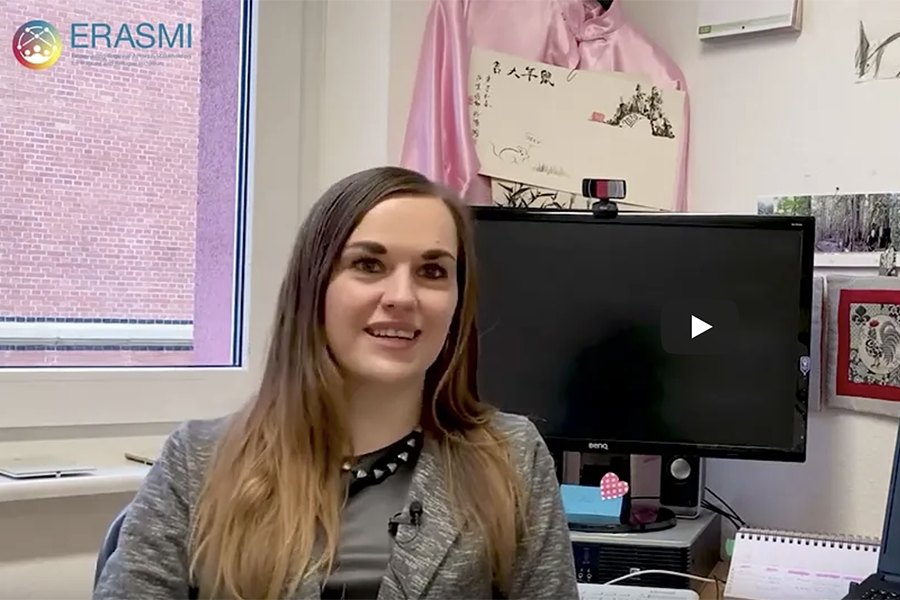How Inclusion Leads to Safer Cities for All Inhabitants
“As we confront COVID-19, the last thing we should do is shut out immigrants, asylum seekers, and refugees.”
In 2020, the mayors of Los Angeles, Freetown, and São Paulo publicly condemned national pandemic responses that conditioned support on a person’s immigration status, arguing that exclusionary practices would only prolong the pandemic and prove harmful to cities around the world. Walking the walk, the city of Los Angeles established the Angeleno Fund, offering financial assistance to vulnerable city inhabitants who fell through the gaps of federal pandemic relief. The city of Freetown established a partnership with the European Union to ensure that city inhabitants living in informal settlements would receive support and access to basic services. And the city of São Paulo established virtual sessions of its Municipal Council of Immigrants and Refugees to make sure that migrant communities would continue to have a voice in the city’s political dialogues.
Around the world, the Covid-19 pandemic has sharply increased urban insecurities regarding access to housing, health care, basic services, education, and the formal and informal economy. Moreover, in many cities around the world, vulnerable migrants and refugees, in particular individuals without social safety nets, were and continue to be disproportionately affected. City representatives from both sides of the Atlantic draw on these developments to reinforce an argument they have been bringing onto national and international agendas for some time now: Cities need inclusive strategies to fulfill the economic and social potential of their increasingly diverse urban societies.
City representatives such as the Head of the Migration Unit in Gaziantep, Turkey, argue that only if cities have the means, mandates, and partners to create services and opportunities for all urban inhabitants, including migrants and refugees, can they work toward making the city work for its inhabitants. Exclusion, in contrast, reinforces insecurity for migrants, refugees, and local residents, as has been highlighted, for instance, by cities participating in the C-MISE project led by the University of Oxford. Exclusion from basic services exacerbates food insecurity and household poverty. Exclusion from legal support and representation increases the vulnerability of victims of human trafficking, verbal or physical attacks and criminal activities. Exclusion from the labor market drives urban inhabitants towards the informal economy.
Cities need inclusive strategies to fulfill the economic and social potential of their increasingly diverse urban societies.
Exclusion based on citizenship is traditionally tied to the argument that an individual as a citizen of a state has a right to make certain claims vis-à-vis that state. However, as urban societies grow more and more diverse, some cities and city networks, such as United Cities and Local Governments (UCLG), advocate for the right to the city, claiming that instead of national citizenship, urban city-zenship should be the defining criteria, when it comes to access to basic services, health care, and education of urban inhabitants. The argument here is not that there are no legal differences between nationals and non-nationals, but rather that providing certain basic social and legal services as well as financial support in respect of basic human rights benefits the city as a whole and makes it safer for all its inhabitants.
This brings us to an essential point – it matters whether we speak of safety or security in cities. While both terms in principle may have quite similar meanings, framing discussions on migration and cities in terms of security leads to completely different associations than discussing migration and cities in terms of urban safety. Security is often connoted with threats to avoid or contain, while a feeling (and the reality) of safety can be promoted through trust, dialogue, and community.
In 2015, the United Nations adopted the global Sustainable Development Goals (SDGs), including a goal of making cities inclusive, safe, resilient, and sustainable. Cities and city networks around the world celebrated this as a success of their advocacy work and as the recognition that in the context of worldwide urbanization, the SDGs’ central principle of “leaving no one behind” has gained particular relevance in cities. What can cities do to leave no one behind and promote the safety of their urban inhabitants in the contexts of urban migration and displacement?
Background research conducted within GMF’s Cities Managing Migration project shows that local authorities tend to argue that urban safety is closely connected to social cohesion and social inclusion. In order to promote these objectives, several practices have proven beneficial in cities on both sides of the Atlantic




